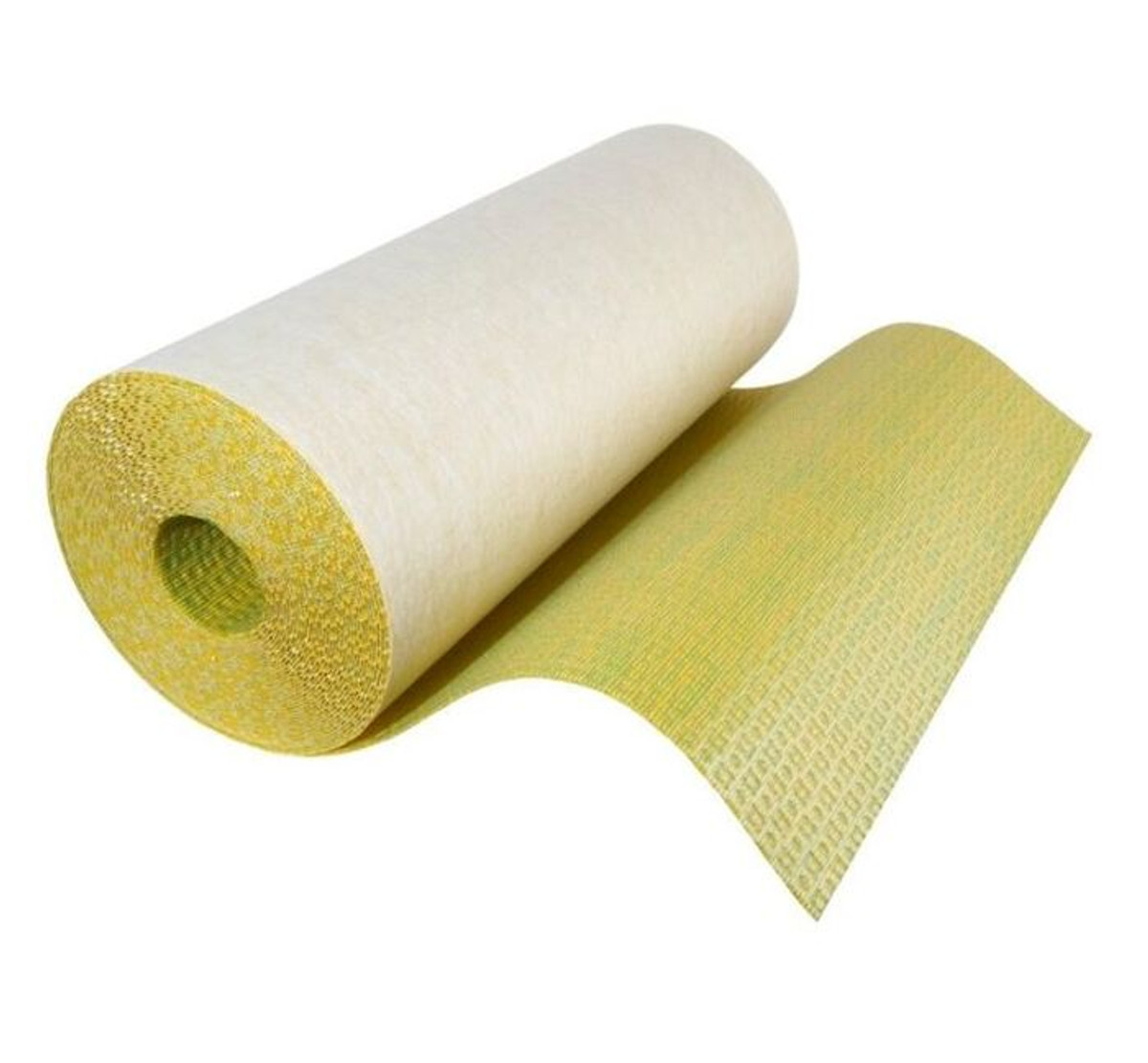Posted on Date 20th Dec 2023
How to use tile matting
Matting is designed to prevent newly laid tile floors from cracking if the surface beneath them has the potential to move. If the surface does move, this can lead to tiles cracking and coming away from the floor.
Why use tile matting?
Any movement, whether shrinkage or expansion, can cause stress cracks that can transfer through to the tiled surface, causing the tile to either break or even worse as previously mentioned.
Matting helps to prevent this happening by absorbing any lateral movement and transferring this evenly across the floor. Matting also has the ability to bridge static cracks and can therefore be laid on existing floors with cracks of up to 3mm.
Where can you use tile matting?
Matting can be used on a wide range of surfaces such as concrete, mortar screeds, gypsum-based screeds and timber floors. It is also particularly useful when installing underfloor heating and provides a decoupling layer between the underfloor heating and the tiles.
What is Durabase CI++
Durabase CI++ is the ideal product for creating a crack resistant (as well as waterproof) membrane that isolates the tile from the original surface allowing you tile directly onto it and further protect your tiles from cracking due to movement in the floor. Please note that Durabse is not suited to tiles smaller than 50mm x 50mm.
Key benefits of Durabase CI++
- Prevents surface cracks caused by lateral movement
- 100% waterproof (when used in conjunction with Durabase Joint Tape)
- Bridges gaps of up to 3mm in substrates
- Suitable for use on newly laid concrete and existing floors
How to fit tile matting: step by step guide
Step 1
Ensure your floor is clean
Step 3
Next measure the area required and cut your matting to size, allowing a 3-5mm expansion gap around the perimeter
Step 3
Apply your tile adhesive to the substrate using a 4mm notched trowel then place the matting fleece face down. Once firm press down using a grout float to ensure a good bond
Step 4
Then apply a layer of adhesive to the surface of the matting, ensuring all the indents of the matting are fully filled, leaving no air pockets or voids
Step 5
Finally, seal all joints, wall junctions and transitions using Durabase Joint Tape (or Sealing Strip) and your existing tile adhesive. Once your adhesive has dried your tiles are ready to be fitted.
Need more information?
If you have any questions regarding selecting the right tiles for your home, then feel free to contact our Customer Services team using our web chat facility.
Recommended reads
If you would like to know about tiles, then why not check out these related advice articles:





